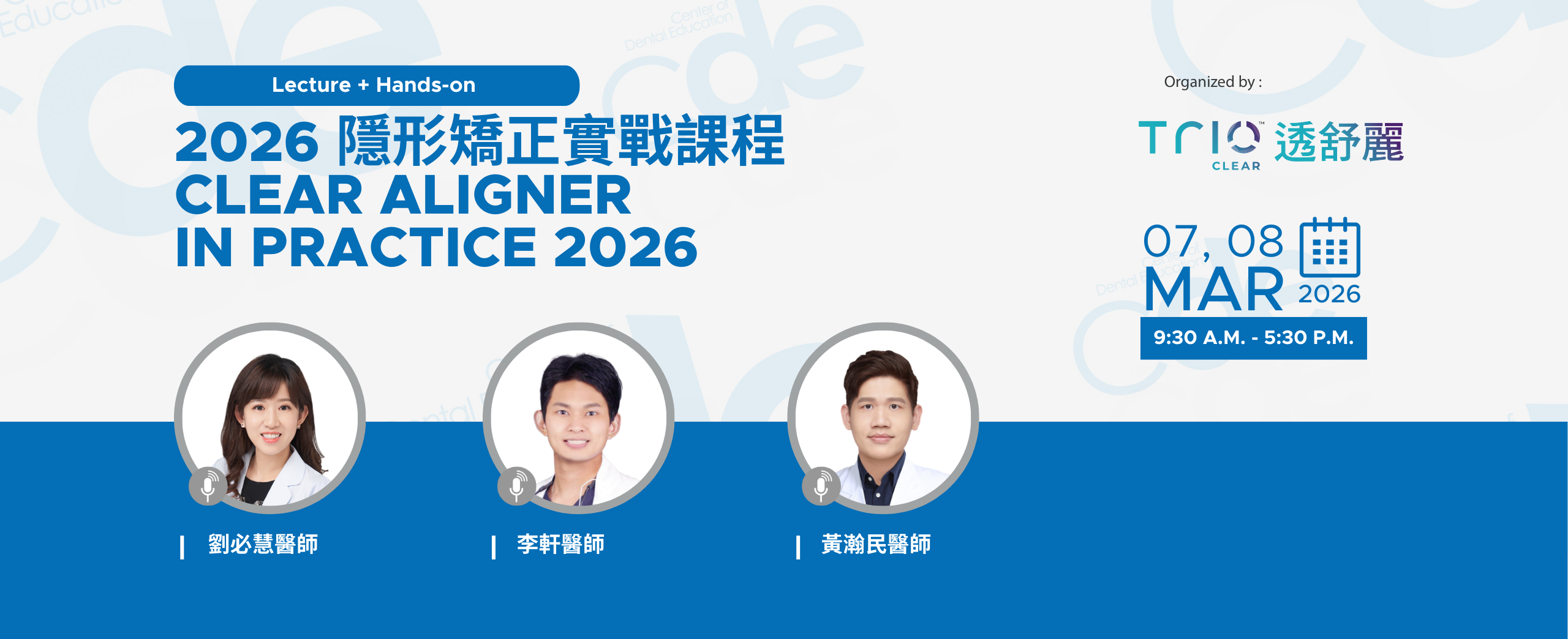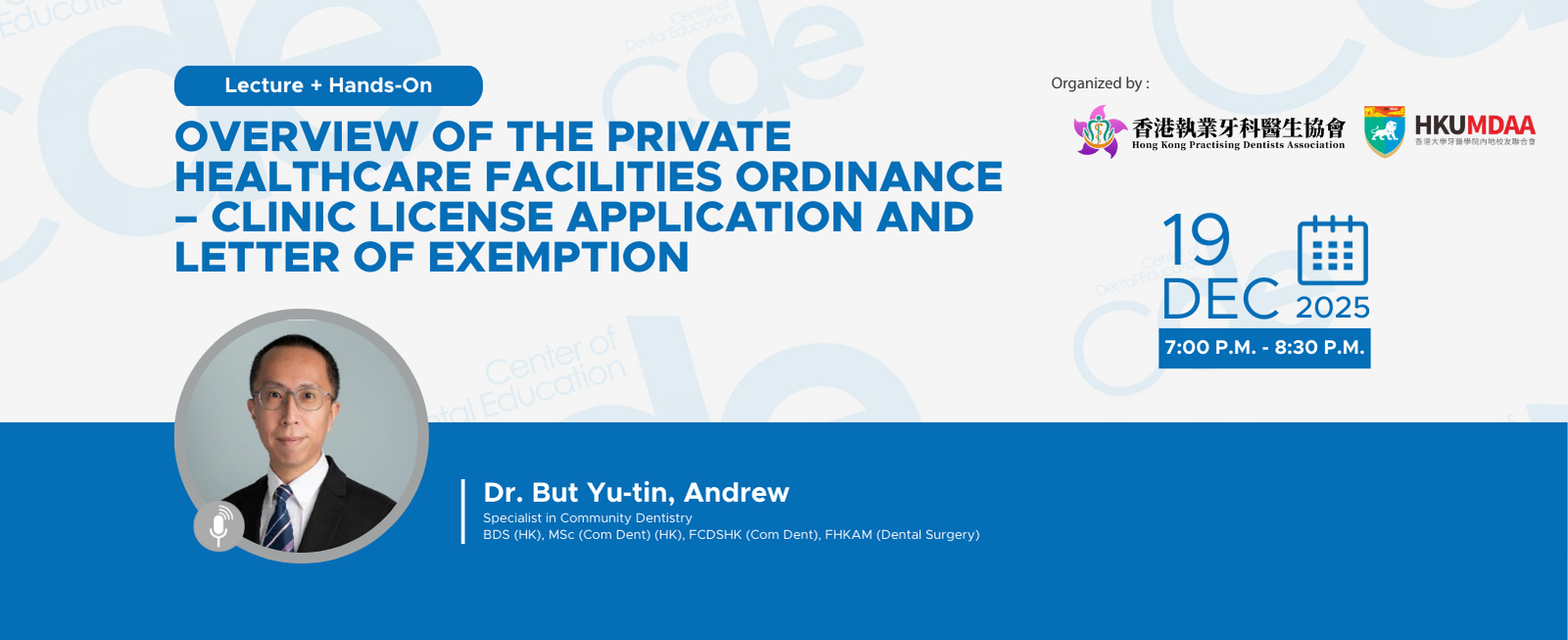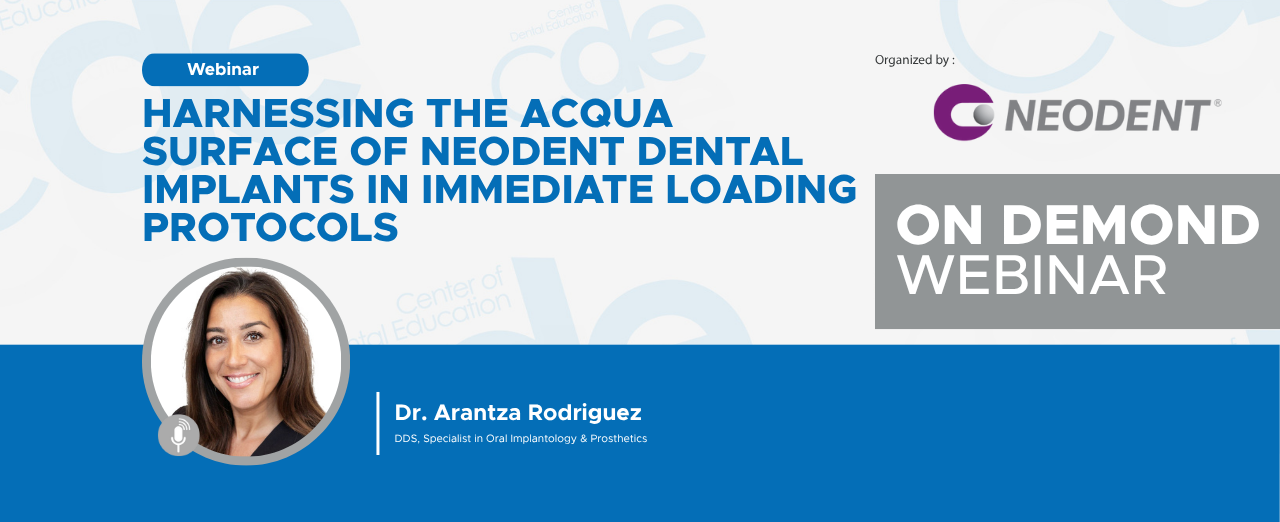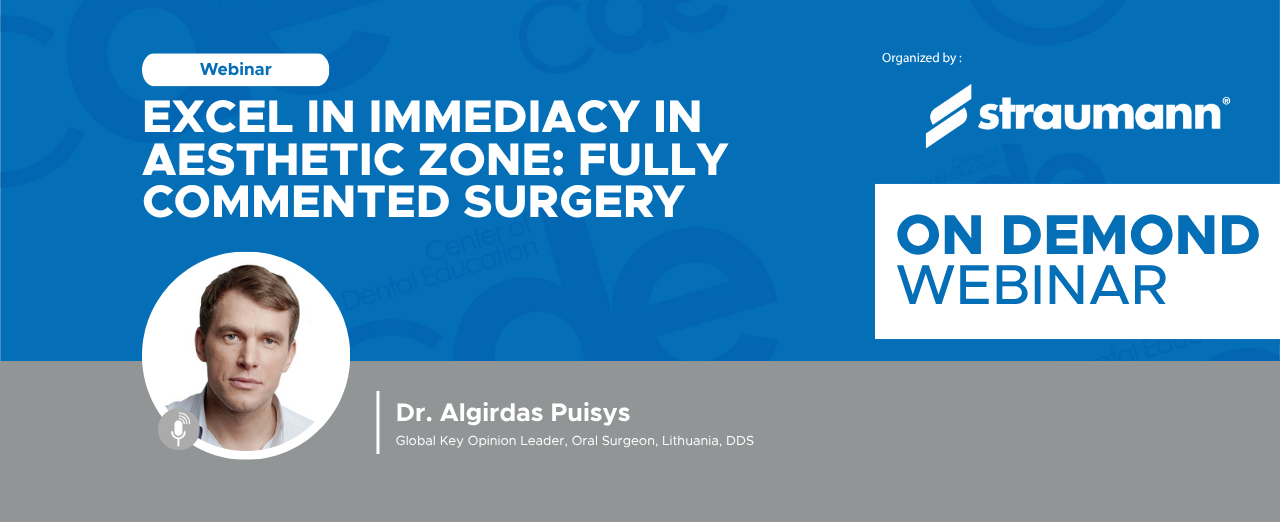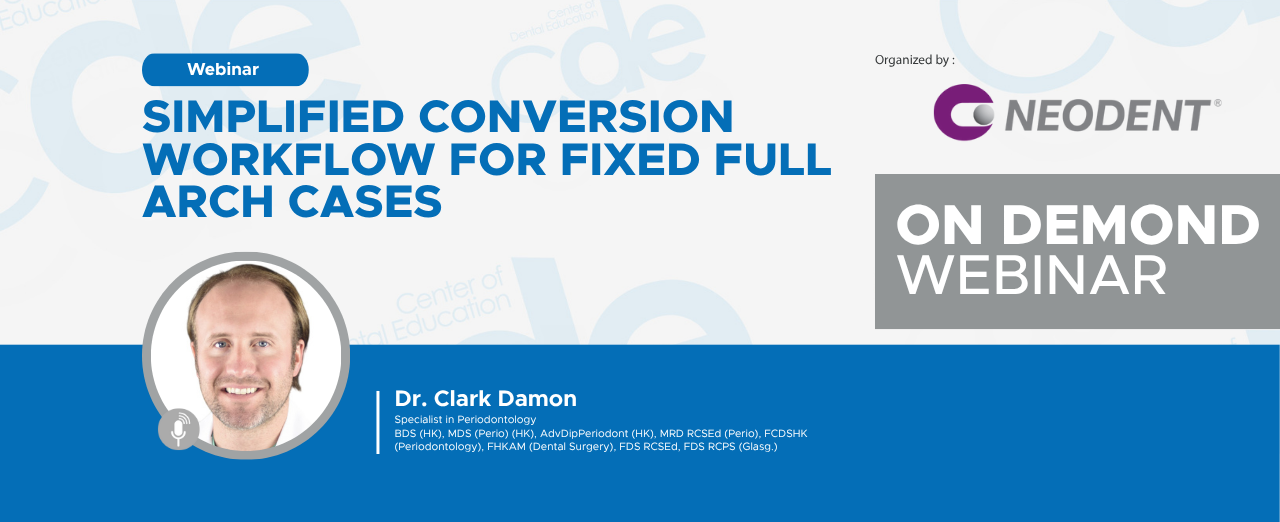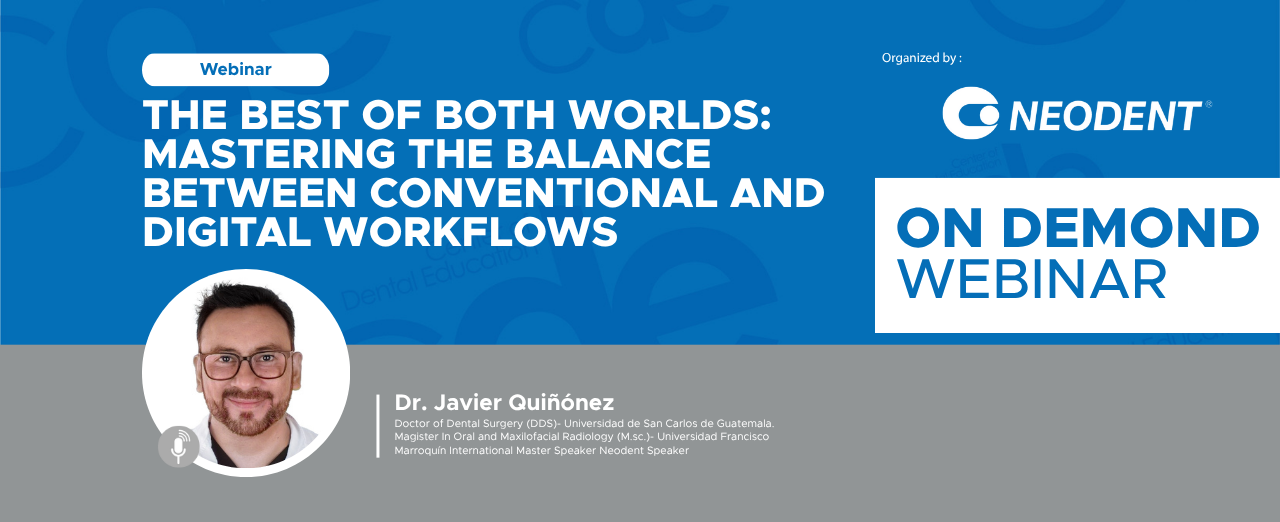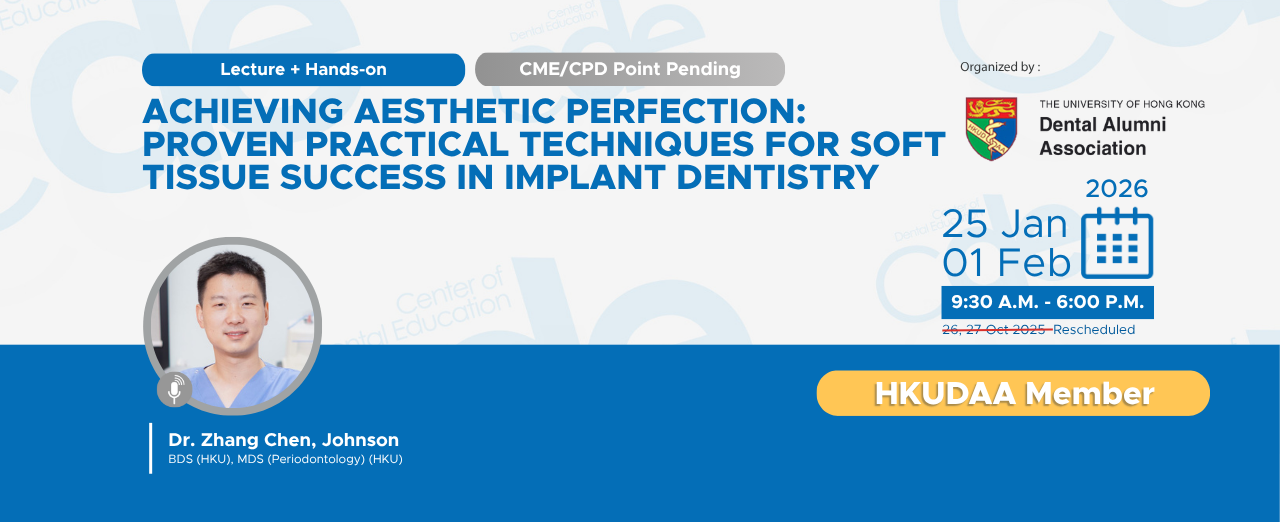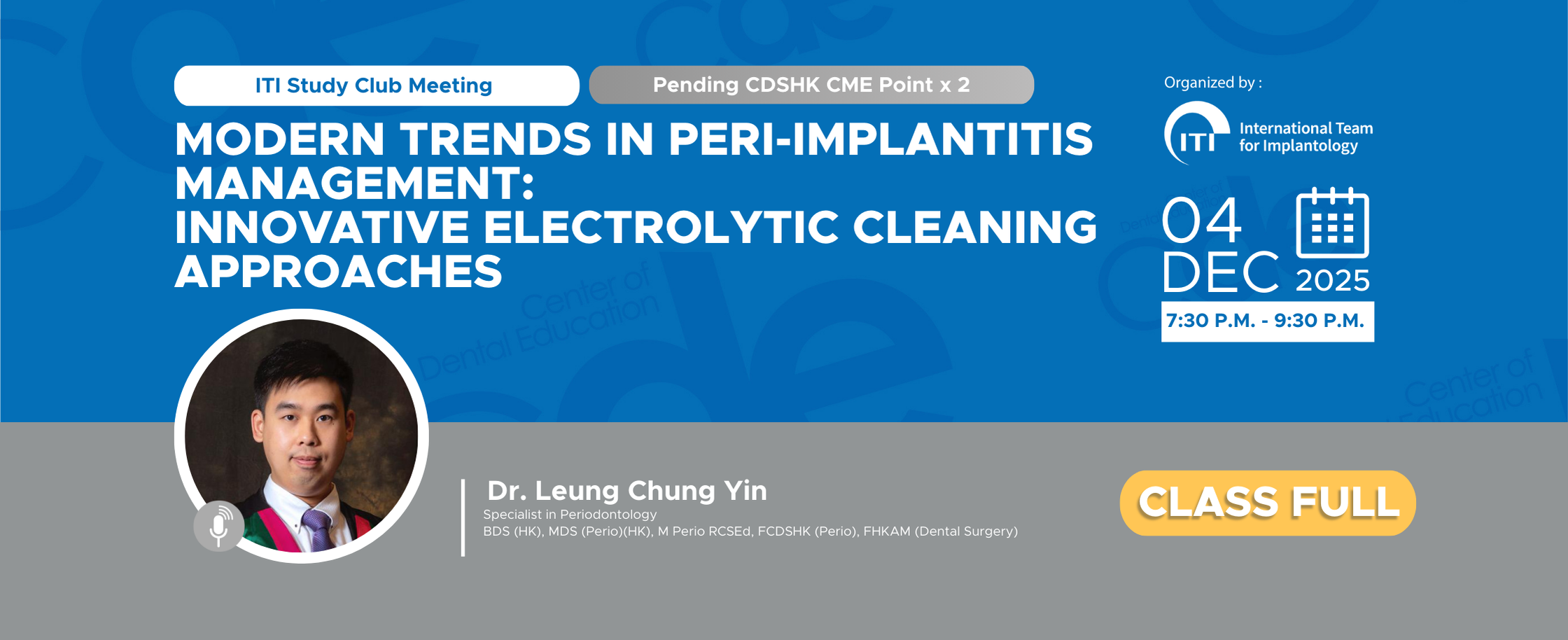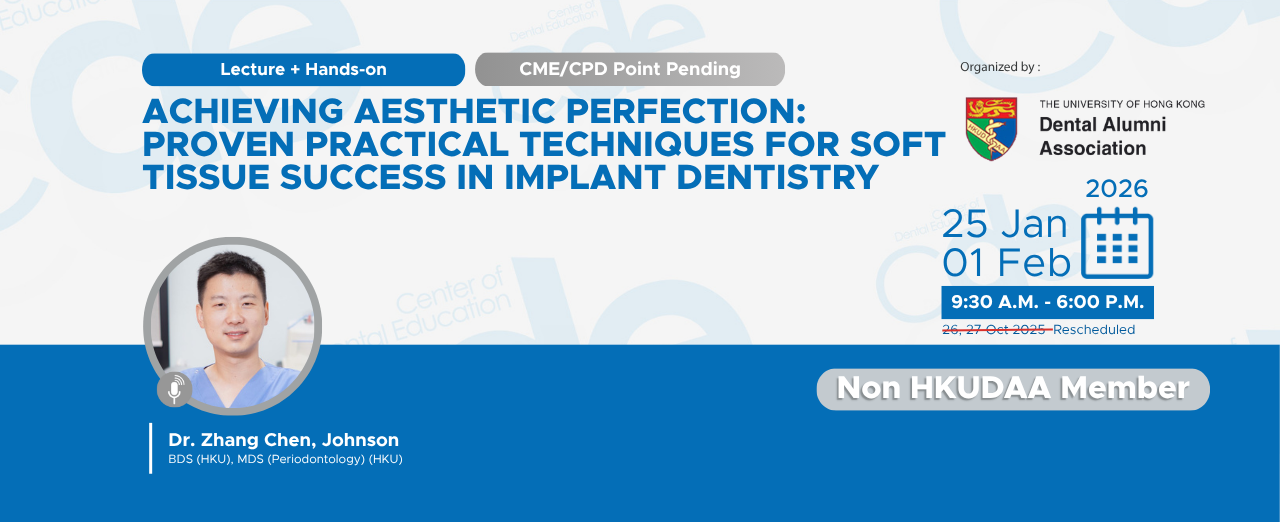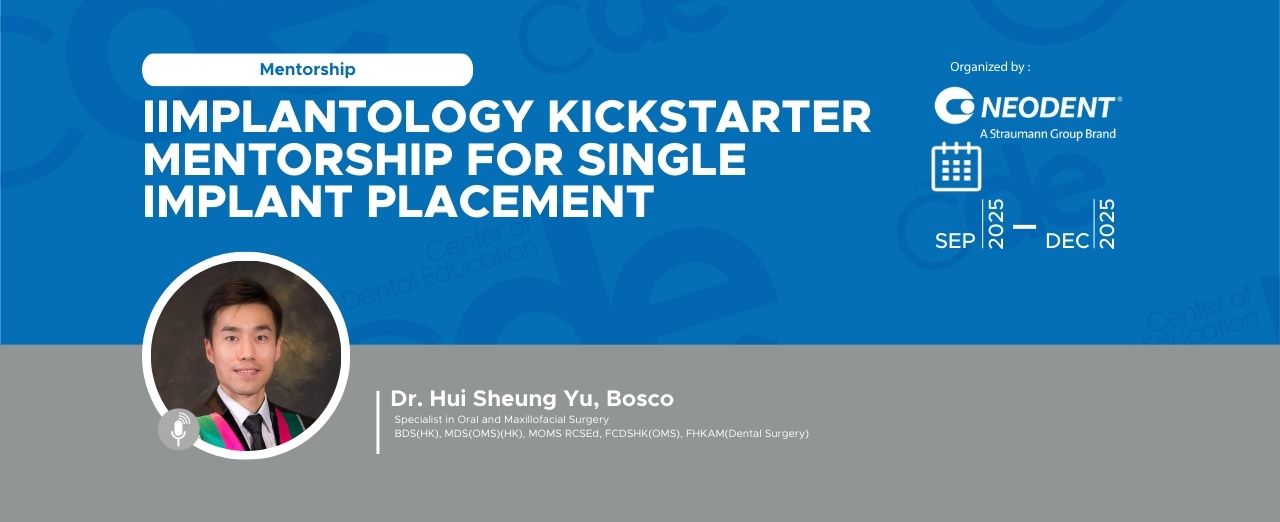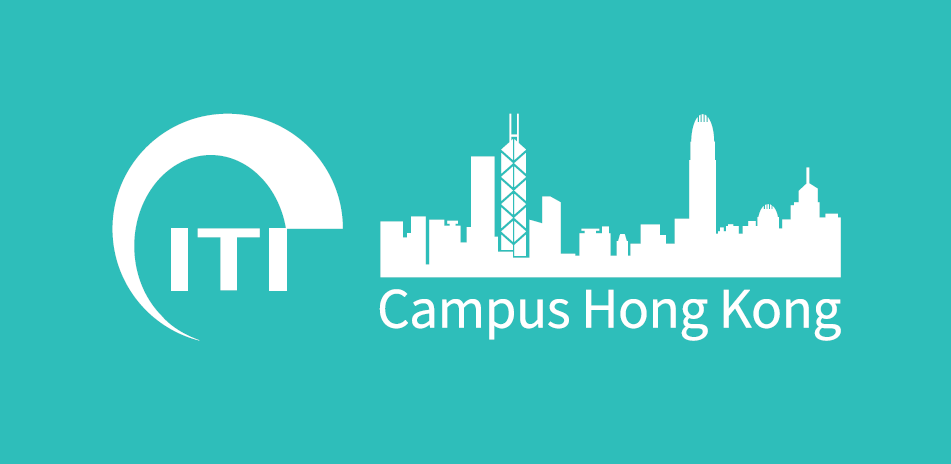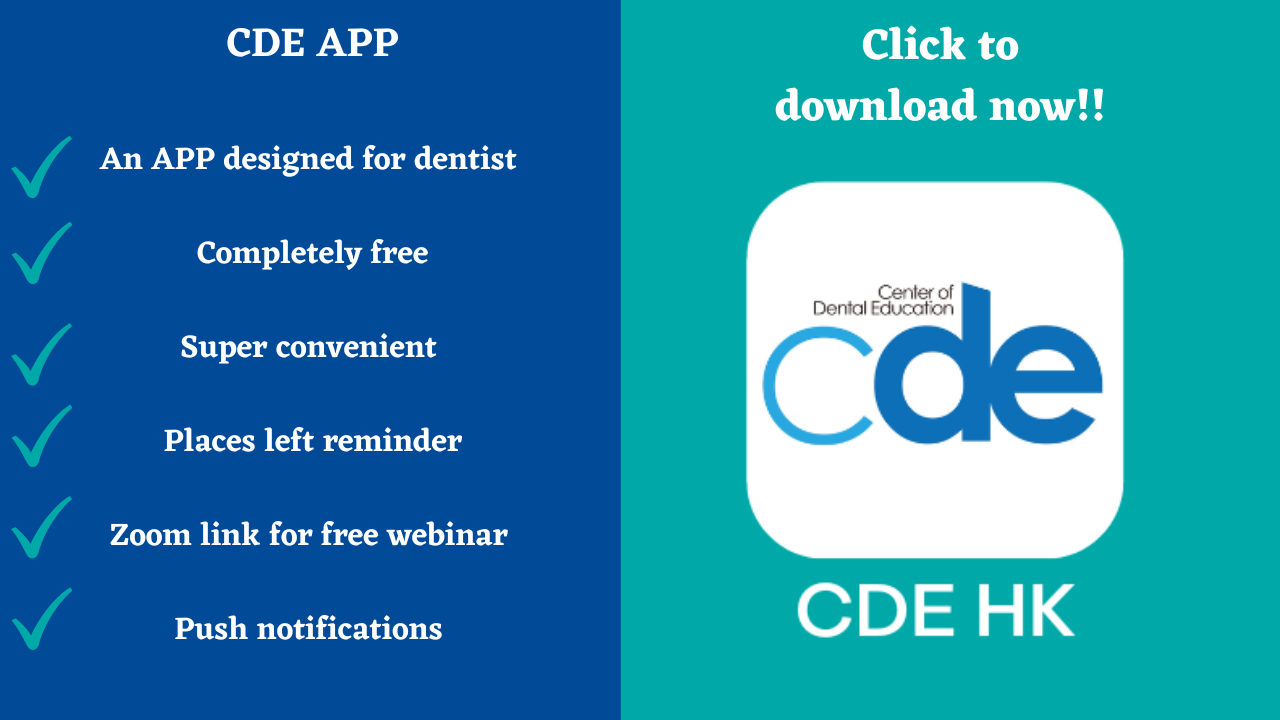Rehabilitation of a Periodontally Compromised Patient Using a Novel Digital Workflow: A Case Report

Abstract
This case report demonstrates the successful rehabilitation of a periodontal compromised patient with multiple missing teeth using an innovative digital workflow. The workflow is characterized by its model-less approach, seamless data integration, and the ability to digitally duplicate the patient's existing prosthesis for planning. The patient received a temporary prosthesis within 24 hours, enhancing both aesthetic and functional outcomes.
Introduction
This case report aims to demonstrate the rehabilitation of a periodontal compromised patient with multiple missing teeth using a current CAIS digital workflow. This digital workflow is unique due to its model-less approach, seamless merging techniques, lack of wax-up try-in, and the ability to copy the patient's existing prosthesis and convert it to digital planning. The process involves photogrammetry and enables the delivery of a temporary prosthesis within 24 hours (Joda et al., 2017).
The value of this digital workflow extends to patients, clinicians, and labs by offering precision, streamlined workflow, and enhanced communication and collaboration between clinicians and technicians (Mangano et al., 2018). Digital workflows in implant dentistry have revolutionized treatment planning and execution, allowing for more predictable outcomes and increased patient satisfaction (González-Martín et al., 2019). Furthermore, the integration of digital technology in prosthodontics has been shown to reduce chair time and minimize errors, contributing to the overall efficiency of the treatment process (Papaspyridakos et al., 2016).
Initial Situation
The patient is a 61-year-old individual. He was referred to Dr. Leung for the management of periodontal disease, presenting with mobile teeth and persistent gum bleeding, which impacted his ability to chew. The patient is a non-smoker with a clear medical history and no reported parafunctional habits. Despite being periodontally compromised with multiple missing teeth, periodontal condition is stabilised and the missing teeth were replaced by a removable partial denture. This denture maintained a stable occlusion and had an edge-to-edge incisor setup.
Periodontal disease is a common cause of tooth loss in adults, and its management often requires a multidisciplinary approach. In this case, the patient's periodontal condition was stabilized, and the missing teeth were initially replaced with a removable partial denture. However, the patient expressed a desire for a more permanent solution, leading to the consideration of a fixed prosthesis using a digital workflow.
Prep Op (#32 – 46)
Pre-operative photos
Patient with his existing denture
Treatment Planning
Intraoral scans of the upper and lower arches were performed. The existing lower denture was copied into a radiographic stent for implant planning, followed by a CBCT scan using the double scan technique. Implant positions were determined using a prosthetic-driven approach, with the setup of the existing denture teeth as a reference. The surgical guide and location of anchor pins were then designed (González-Martín et al., 2019).
The use of digital technology in treatment planning allows for precise and accurate placement of implants, which is critical for the success of the prosthesis (Joda et al., 2017). By utilizing a prosthetic-driven approach, the implant positions can be determined with the final restoration in mind, ensuring a functional and aesthetic outcome. The surgical guide designed in this process helps to translate the digital plan into the clinical setting accurately.
Merging of iOS with DICOM
Merged File
Incorporating existing lower denture for implant planning
Implant plan completed together with anchor pins
Design of the surgical guide
Surgical Procedure
The surgery was conducted under local anaesthesia using an open flap technique. A fully guided approach was employed, with four implants placed using a 3D-printed metal guide (Modern Dental Laboratory). This guide reduces the risk of fracture, requires less tooth coverage, facilitates easier checking for complete seating, and includes irrigation holes without increased risk of breakage (Tahmaseb et al., 2014). Employing a fully guided surgical approach ensures the precise placement of implants, which is crucial for the long-term success of the prosthesis.
The osteotomy was prepared according to the manufacturer's instructions, and four BLT implants (Straumann SLA ®, Roxolid®) were placed. Implant positions were verified with a guiding pin, and the insertion torque exceeded 35 Ncm. Guided bone regeneration with Bio-Oss and Bio-Gide (Geistlich Bio-Oss ®, Bio-Gide®) was performed on the buccal side of sites 32, 42, and 44, where bone was thin. Four zero-degree Screw- retained abutment (Straumann) were chosen and placed.
3D printed metal surgical guide
Implant positions were verified with guiding pins
Photogrammetry (iCam4D Solution)
iCam4D reference markers were placed on the MUAs to capture implant positions using conventional intraoral scans. Subsequently, iCam4D scan bodies were inserted, and photogrammetry data was recorded using the iCam4D solution (Papaspyridakos et al., 2016). The integration of photogrammetry in implant dentistry allows for highly accurate capture of implant positions, which is essential for the design and fabrication of the prosthesis.
Photogrammetry offers several benefits over traditional impression techniques, including increased accuracy, reduced patient discomfort, and shorter clinical times (Papaspyridakos et al., 2016). By capturing precise data on the implant positions, the digital workflow can proceed smoothly, ensuring that the final prosthesis fits accurately and functions well.
Intra Oral Scanning
iCam Refs insertion and take the implant position data by Intra Oral Scanner
Photogrammetry scanning
iCamBodies insertion and take the data by iCam4D
Laboratory Procedures
Using the Imetric 4D software, the intraoral scans of the iCam Refs and the photogrammetry data files were merged to generate a digital working model. The dental technician utilized EXOCAD to position the temporary prosthesis, which was a digital duplicate of the patient’s existing denture, onto the MUAs. The implant temporary bridge was then printed and finished (Pozzi & Moy, 2016).
The use of digital technology in the laboratory phase allows for precise fabrication of the prosthesis, ensuring a good fit and excellent aesthetics. By merging the intraoral scans and photogrammetry data, a highly accurate digital working model can be created, which serves as the basis for designing the temporary prosthesis. The use of EXOCAD software allows for efficient and precise positioning of the prosthesis, ensuring optimal function and aesthetics.
Merging the iOS and Photogrammetry data files
Using EXOCAD (model-less solution) to design the temporary implant prosthesis
Finished Implant Temporary Bridge (PMMA + Titanium Base)
Prosthetic Procedures
The implants were restored in immediate function with a CAD/CAM PMMA provisional bridge was delivered 24 hours after the surgery. The old denture data, and the preoperative occlusion data was combined with the postoperative data to create the reference for the manufacturing of implant provisional bridge.
The ability to deliver a temporary prosthesis within 24 hours is a significant advantage of the digital workflow, as it enhances patient satisfaction and allows for immediate restoration of function and aesthetics (Mangano et al., 2018).
Pre OP & Post OP OPG
Treatment Outcomes and Conclusions
The provisional bridge work was completed as pre-treatment planned. Patient was satisfied with the aesthetics outcome and functionality.
This case report demonstrates the successful rehabilitation of a periodontally compromised patient using a novel digital workflow. The key advantages of this approach include a model-less technique, seamless data integration, elimination of wax-up try-ins, and the ability to digitally duplicate the patient's existing prosthesis for planning purposes. The workflow also enables the delivery of a temporary prosthesis within 24 hours, which can enhance the patient's experience and satisfaction.
References
González-Martín, O., et al. (2019). "Immediate loading of complete-arch prosthesis in edentulous patients: A systematic review." Journal of Prosthetic Dentistry, 121(1), 76-84.
Joda, T., et al. (2017). "Digital technology in fixed implant prosthodontics." Periodontology 2000, 73(1), 178-192.
Mangano, F. G., et al. (2018). "Digital versus analog procedures for the prosthetic restoration of single implants: A randomized controlled trial with 1 year of follow-up." Clinical Implant Dentistry and Related Research, 20(6), 762-772
Papaspyridakos, P., et al. (2016). "Digital versus conventional implant impressions for partially edentulous arches: An accurate comparative study." Clinical Oral Implants Research, 27(6), 1518-1524.
Pozzi, A., & Moy, P. K. (2016). "The digital revolution: A 3D-printed implant bridge." The Journal of the American Dental Association, 147(9), 717-723.
Tahmaseb, A., et al. (2014). "Computer technology applications in surgical implant dentistry: A systematic review." International Journal of Oral & Maxillofacial Implants, 29, 25-42.
